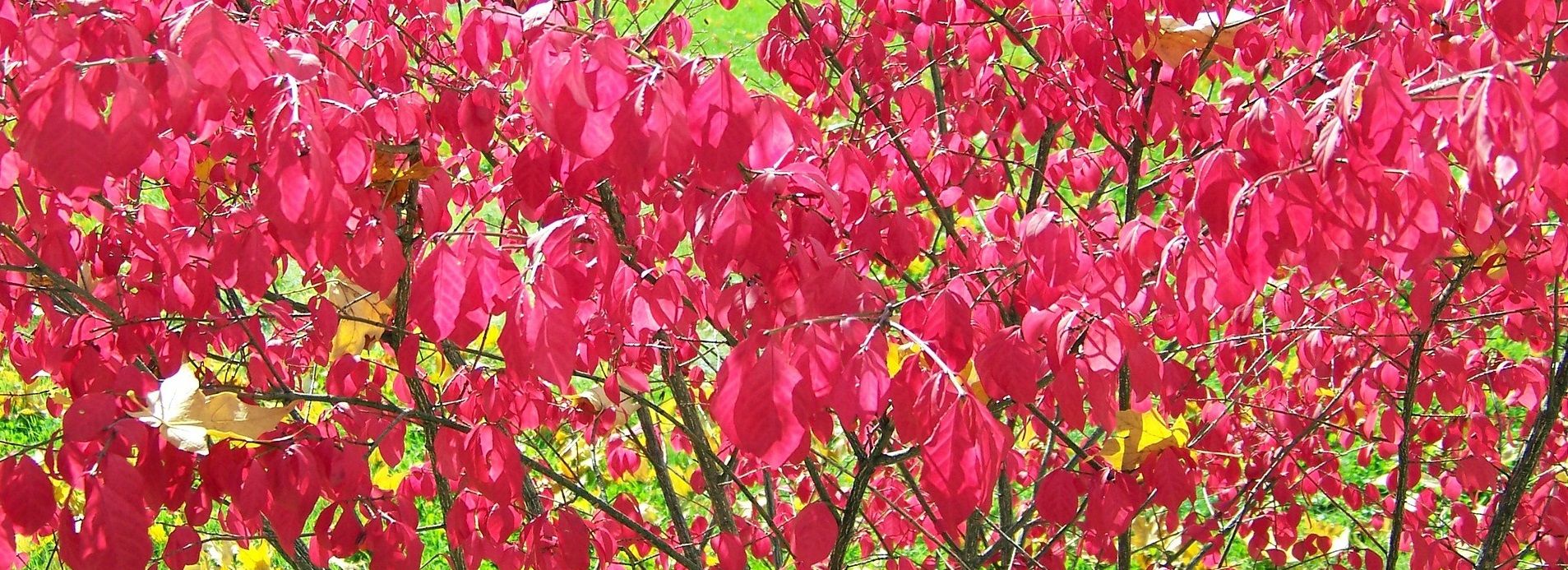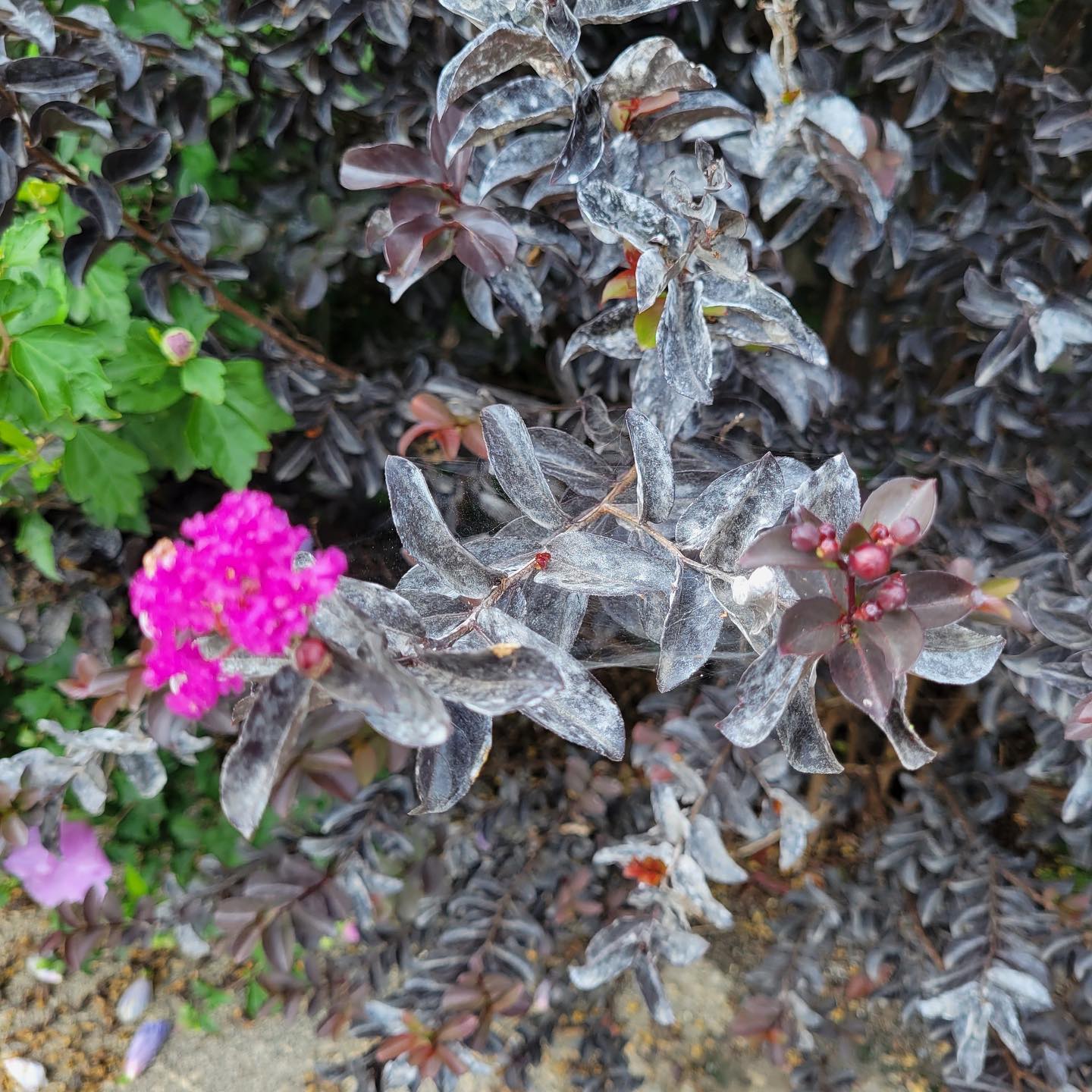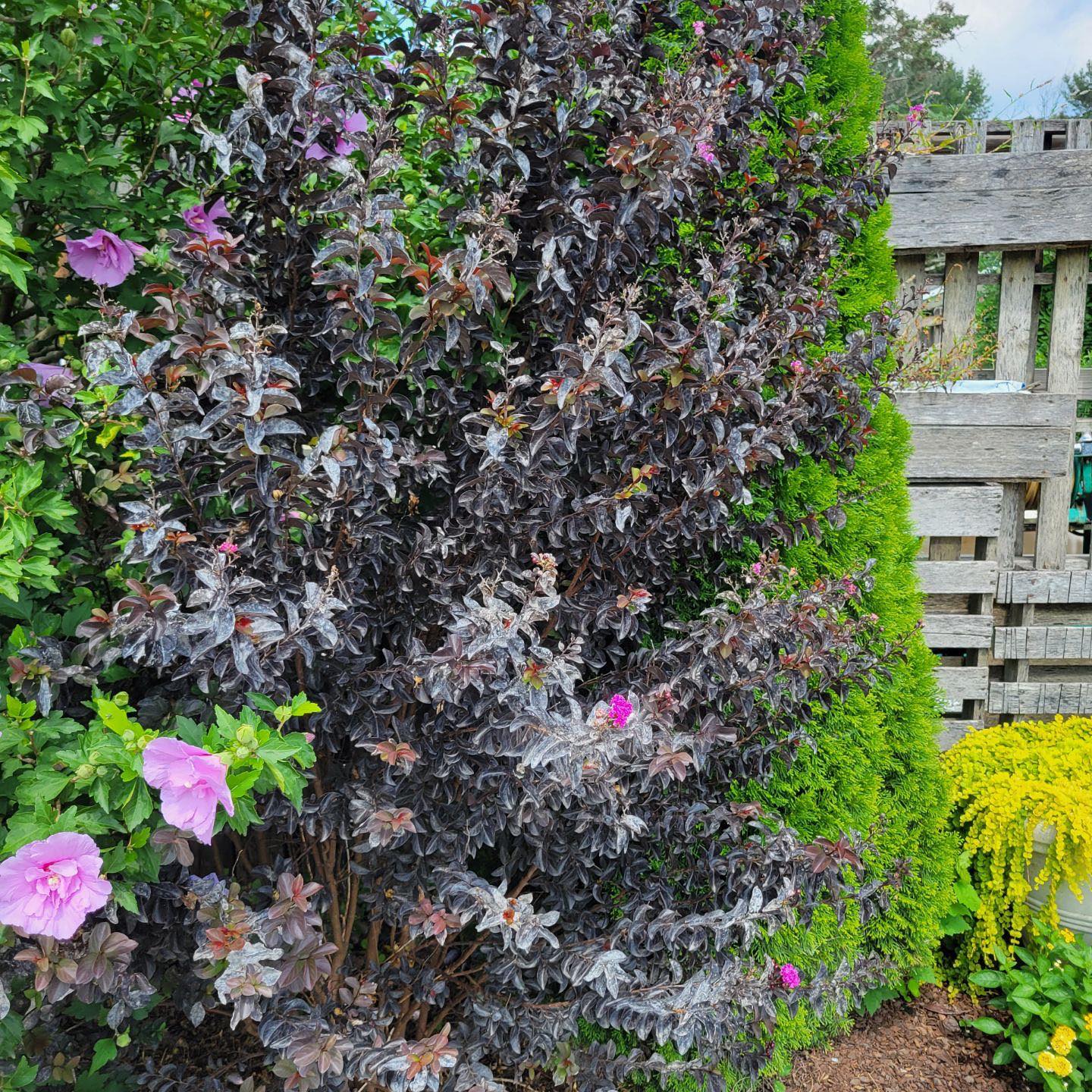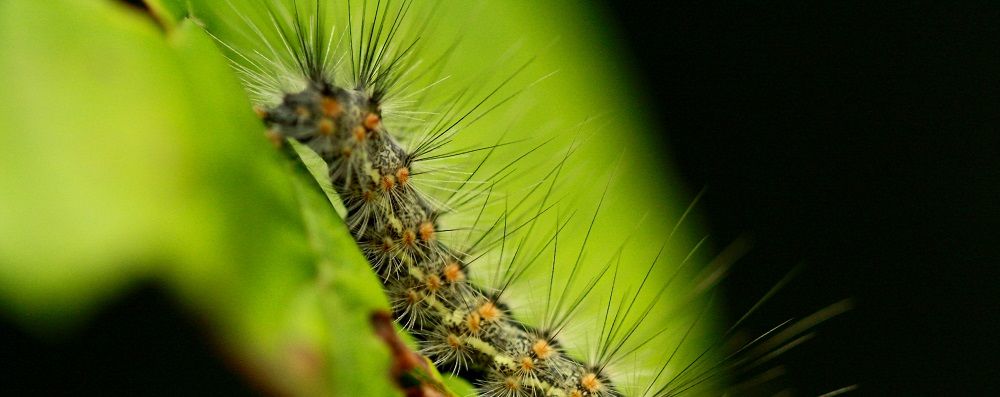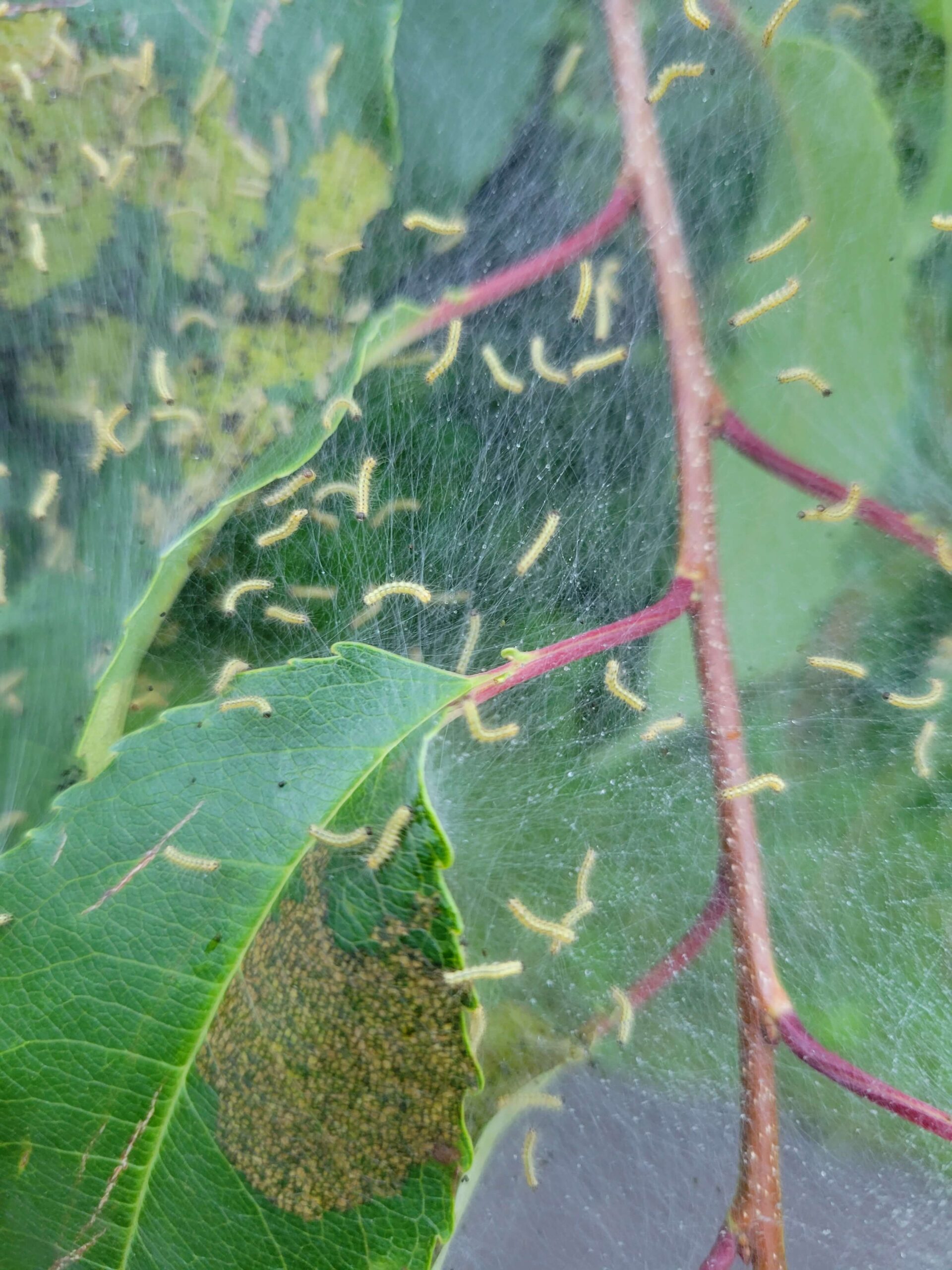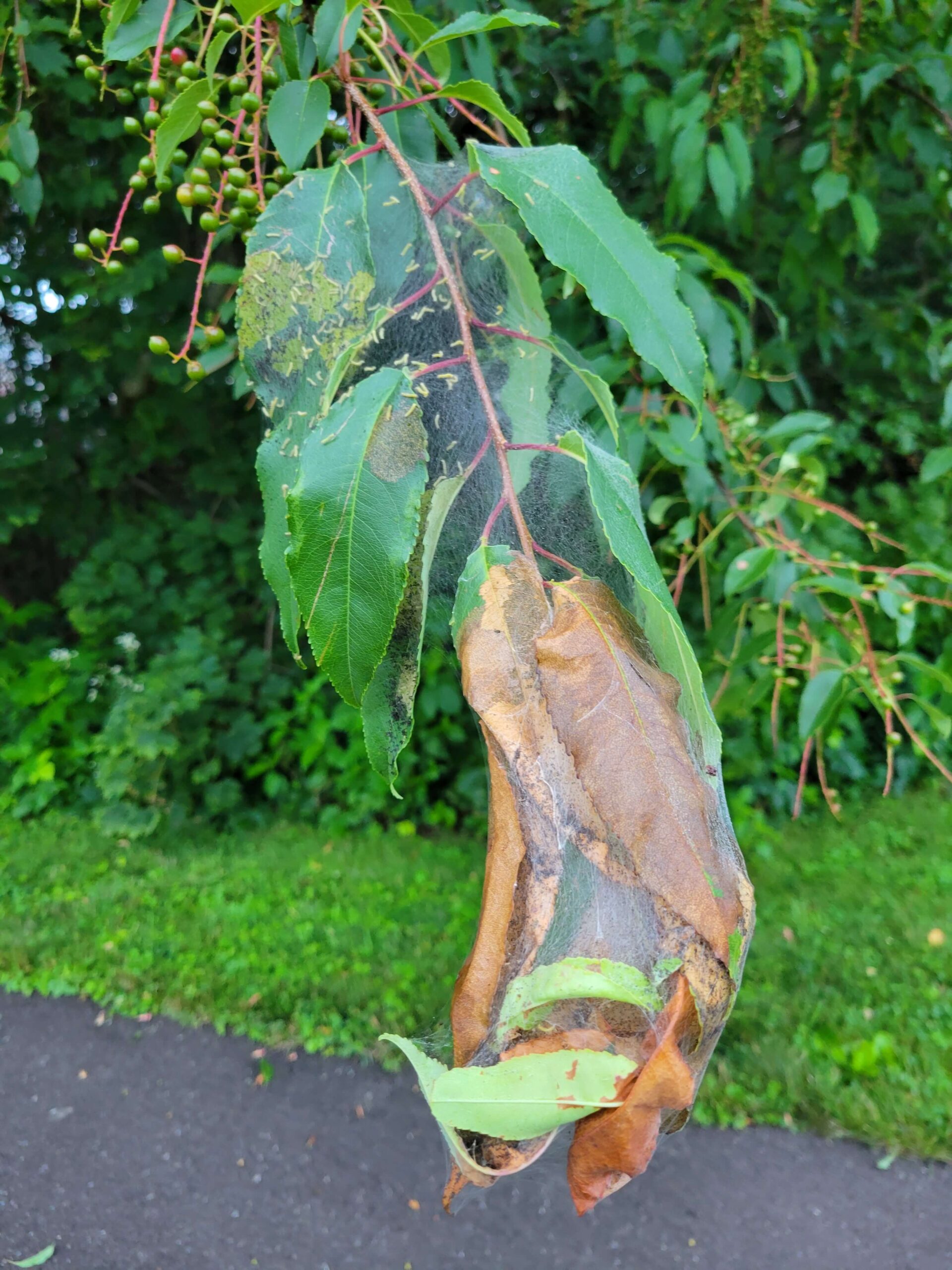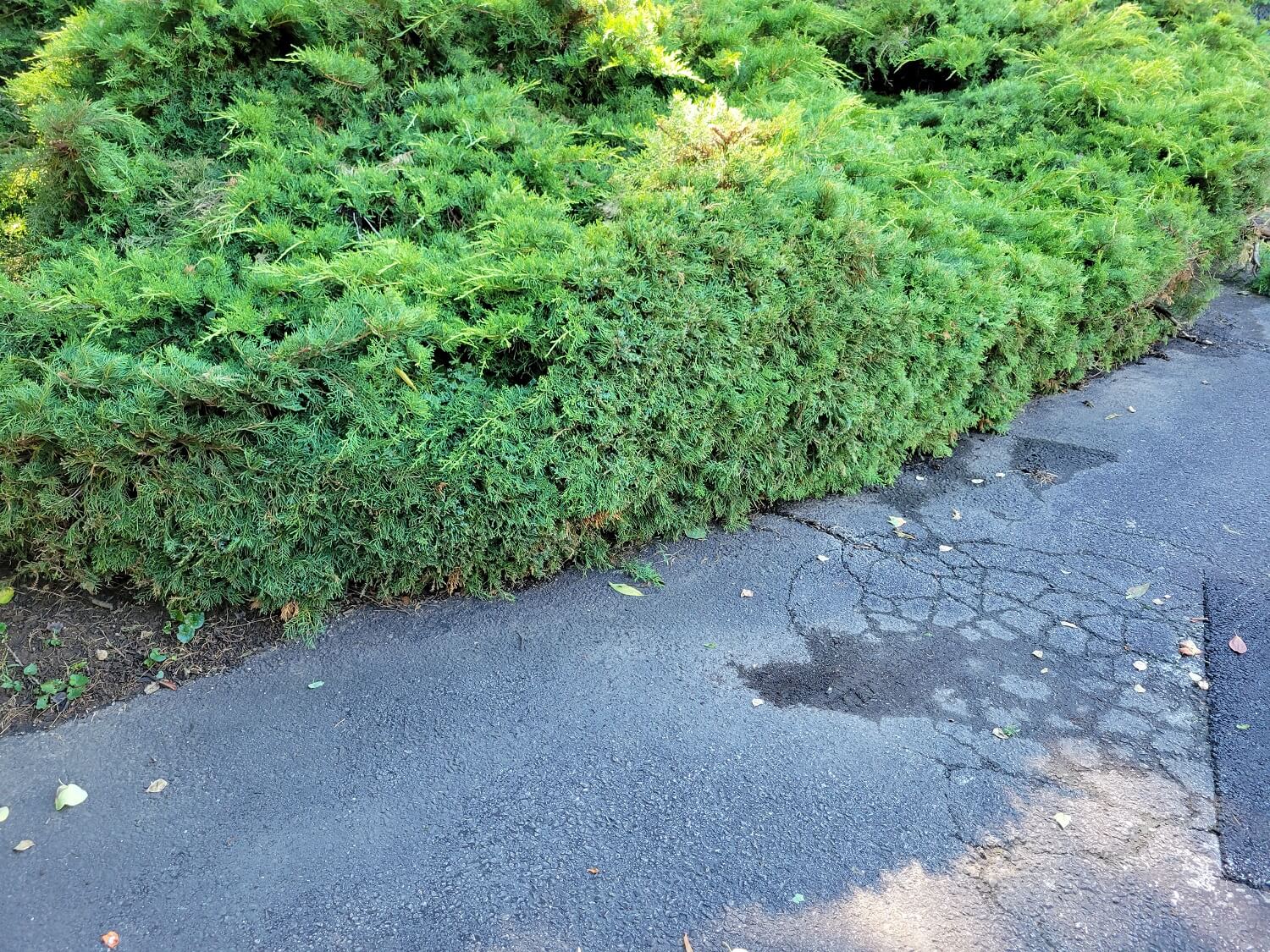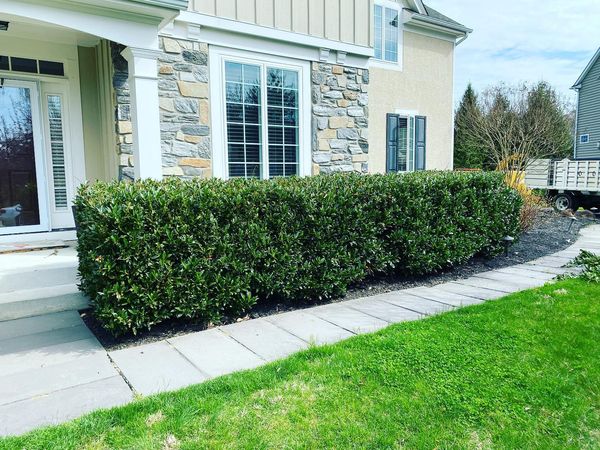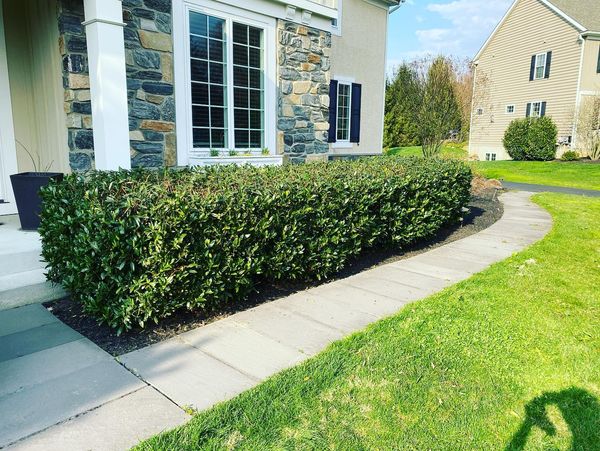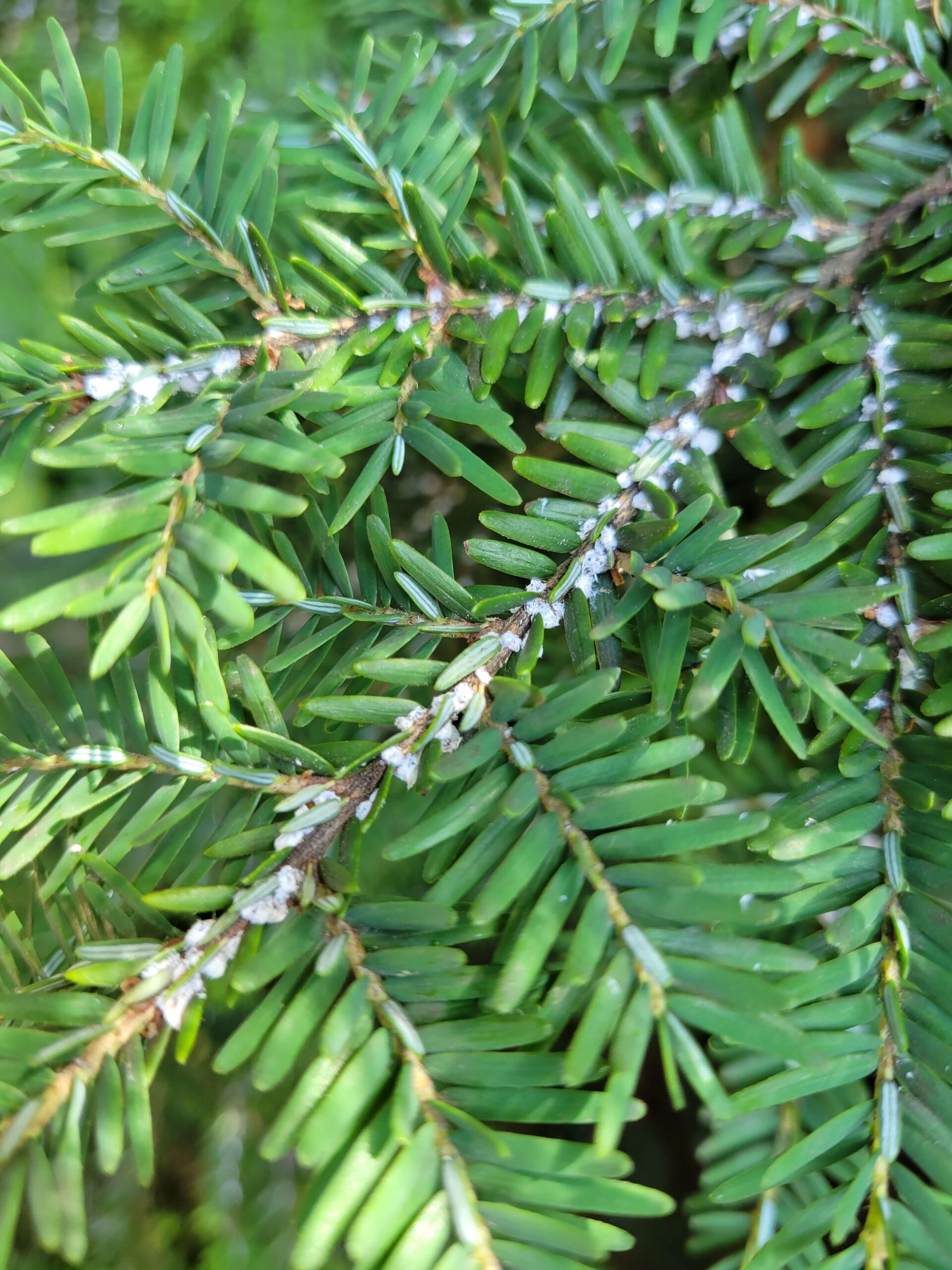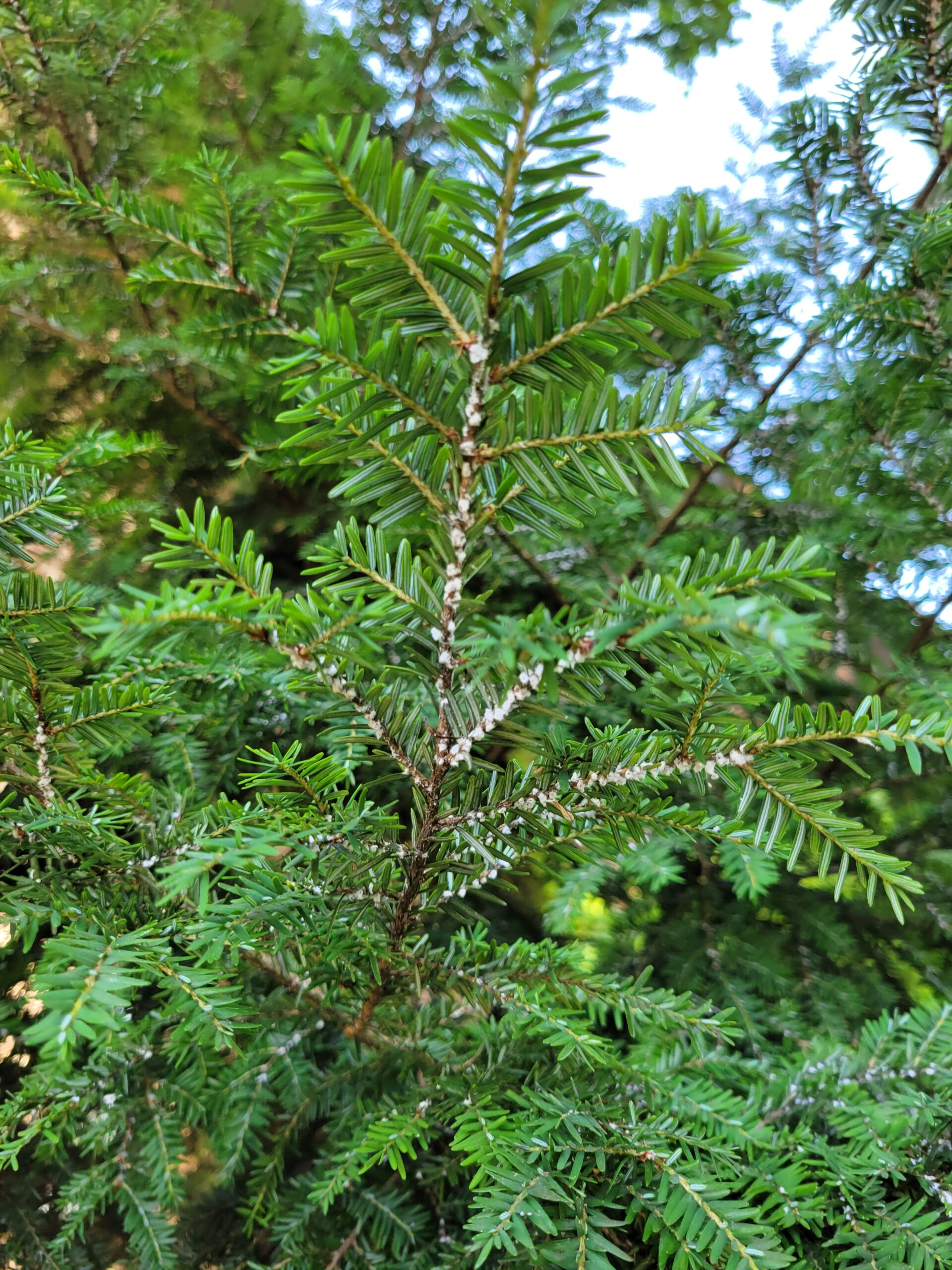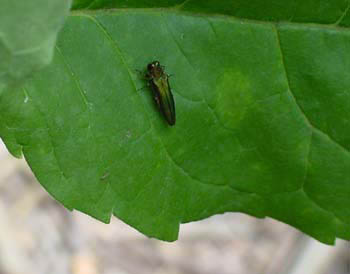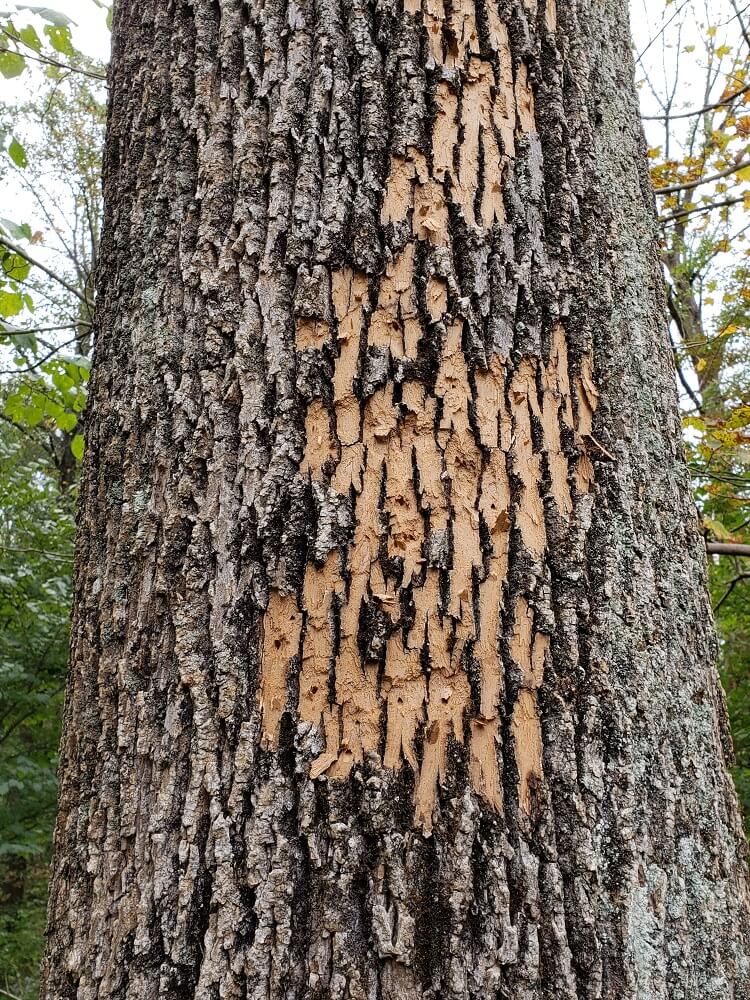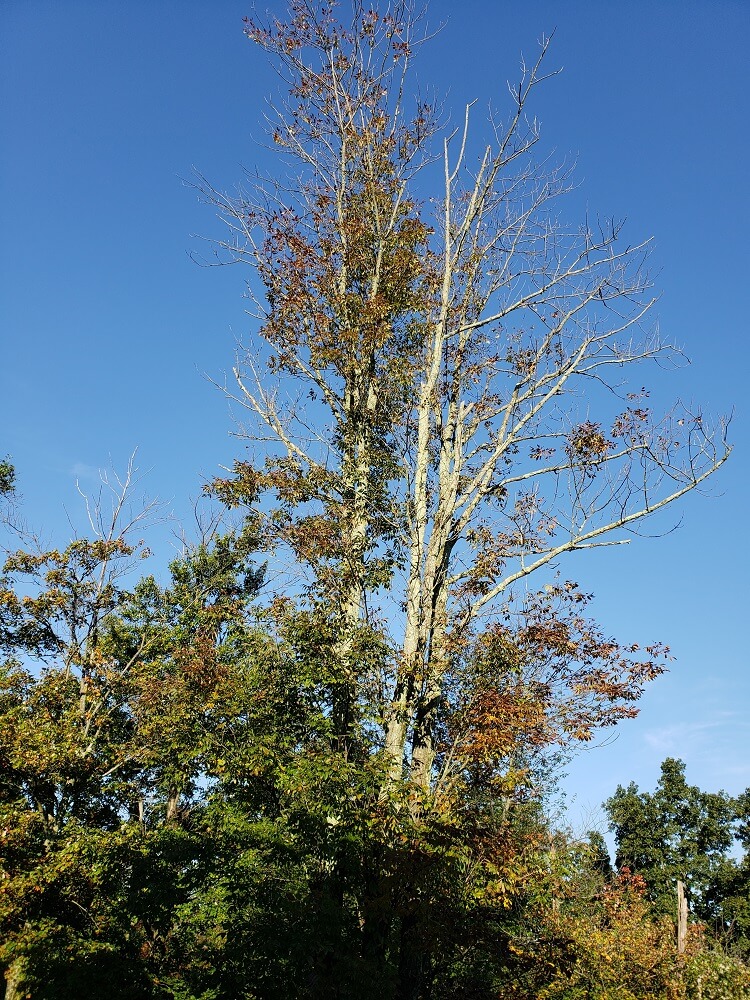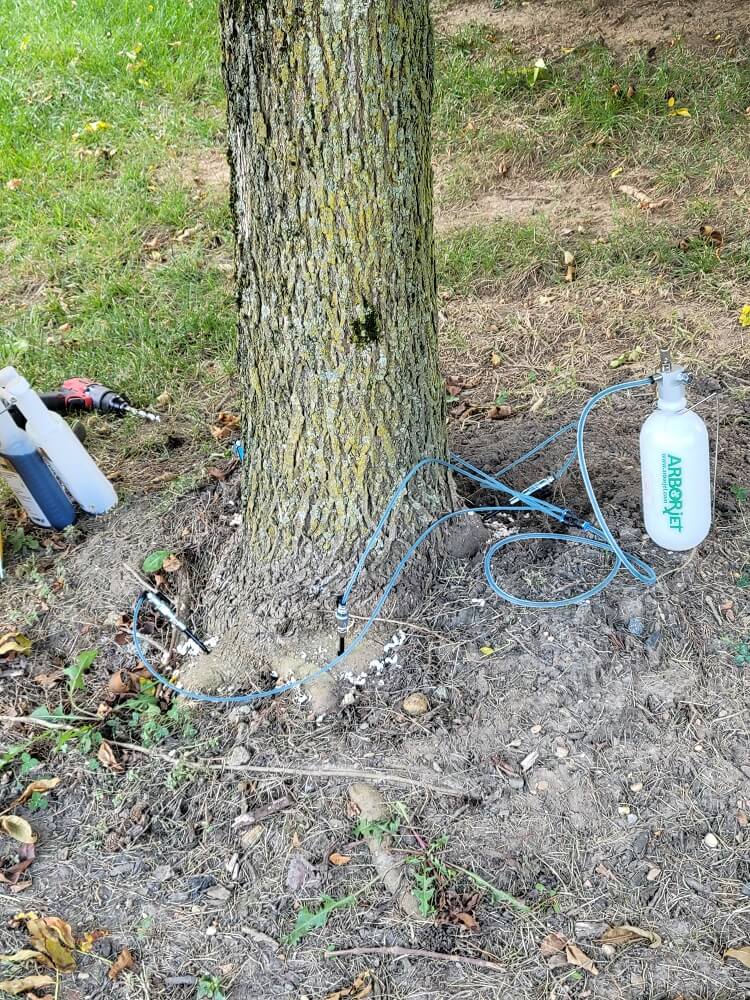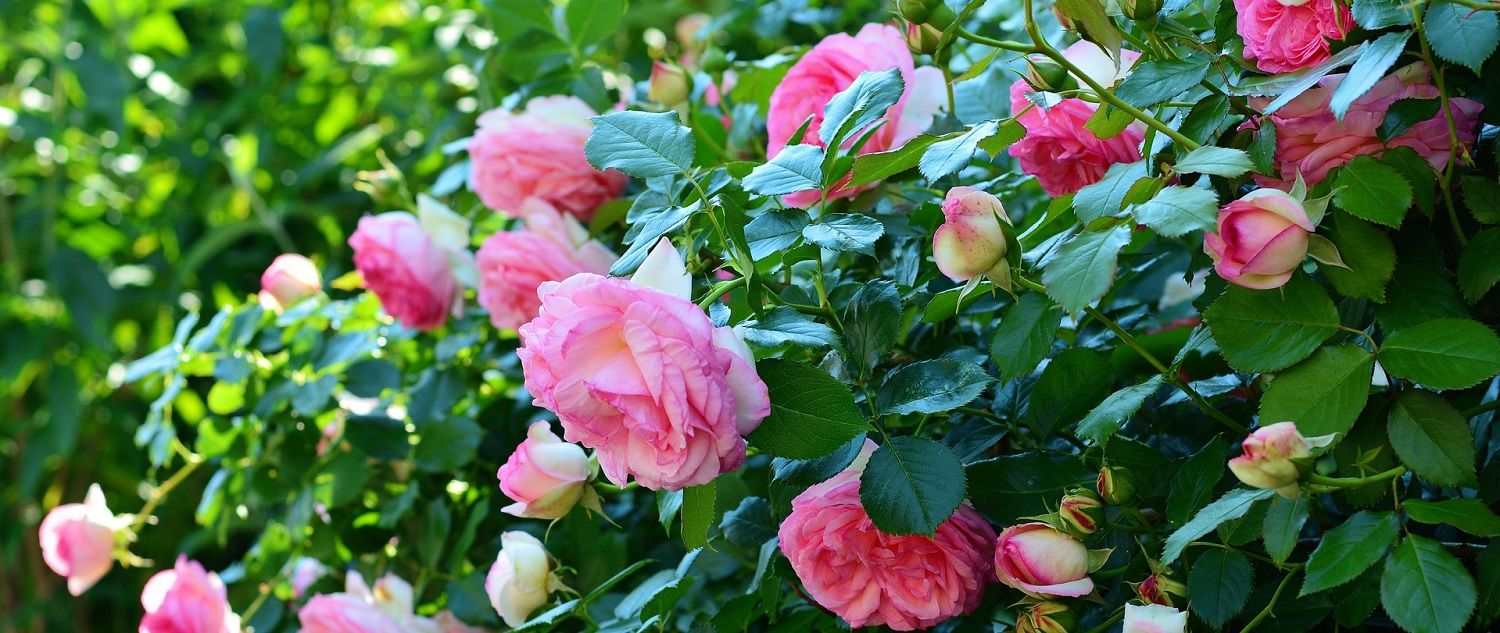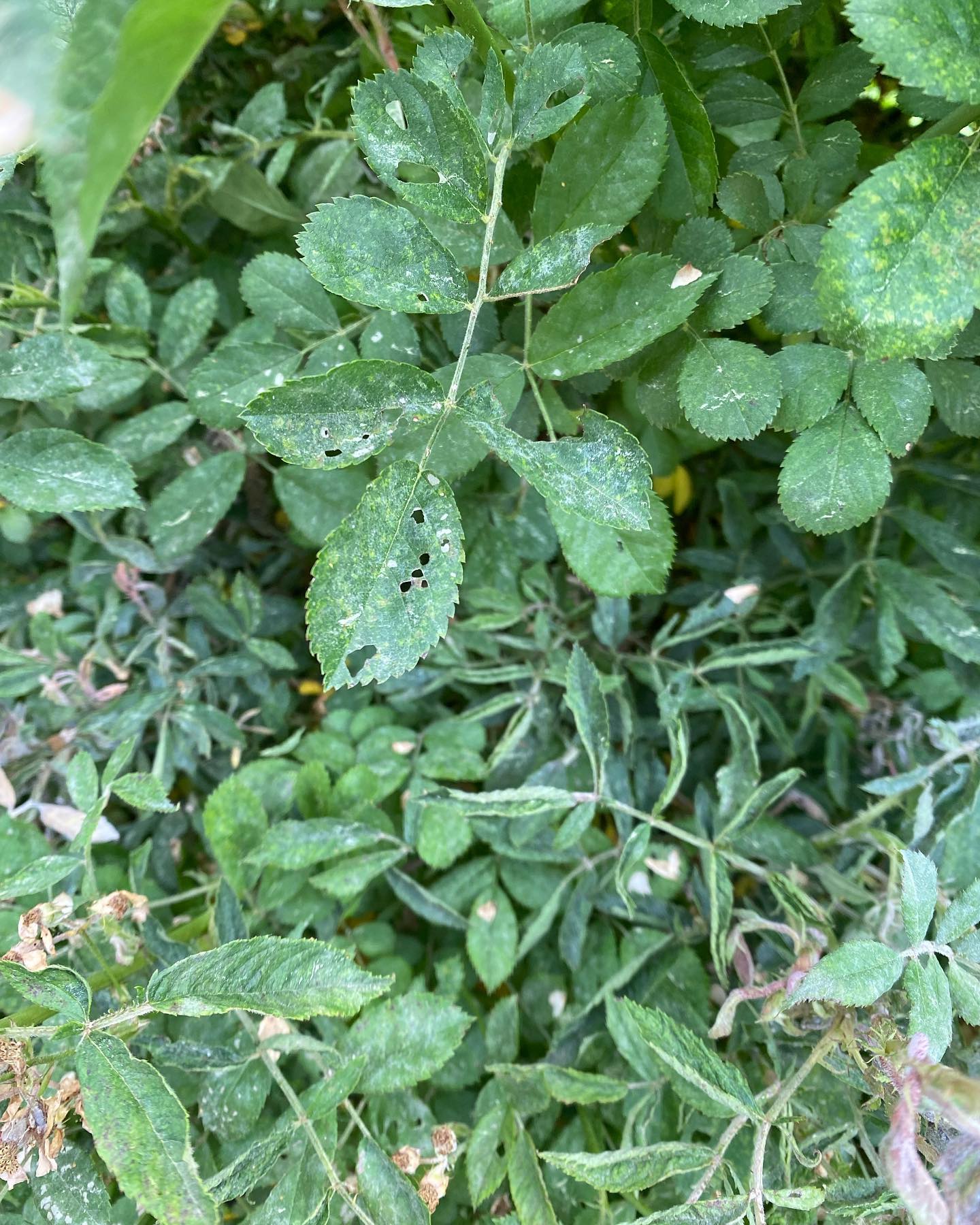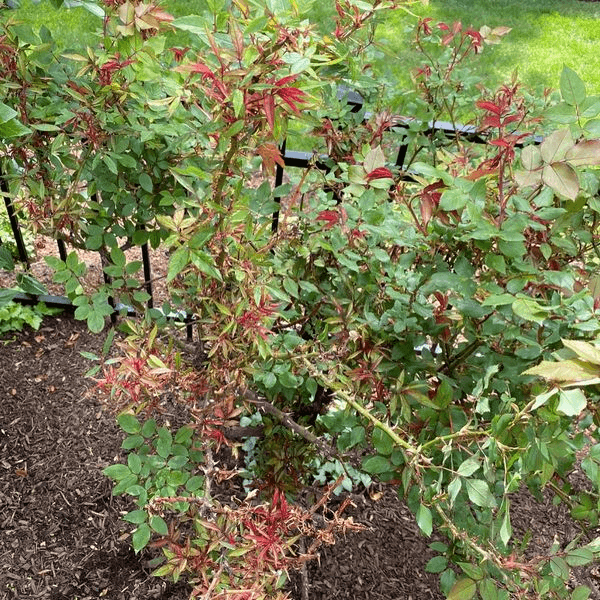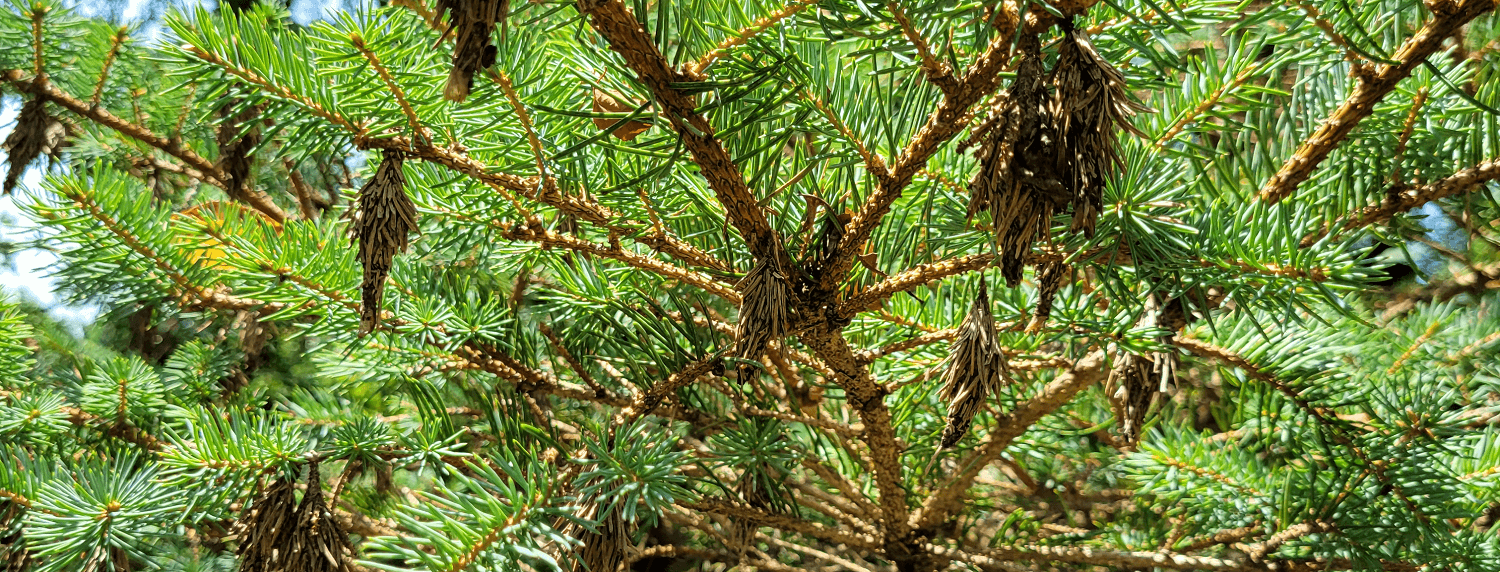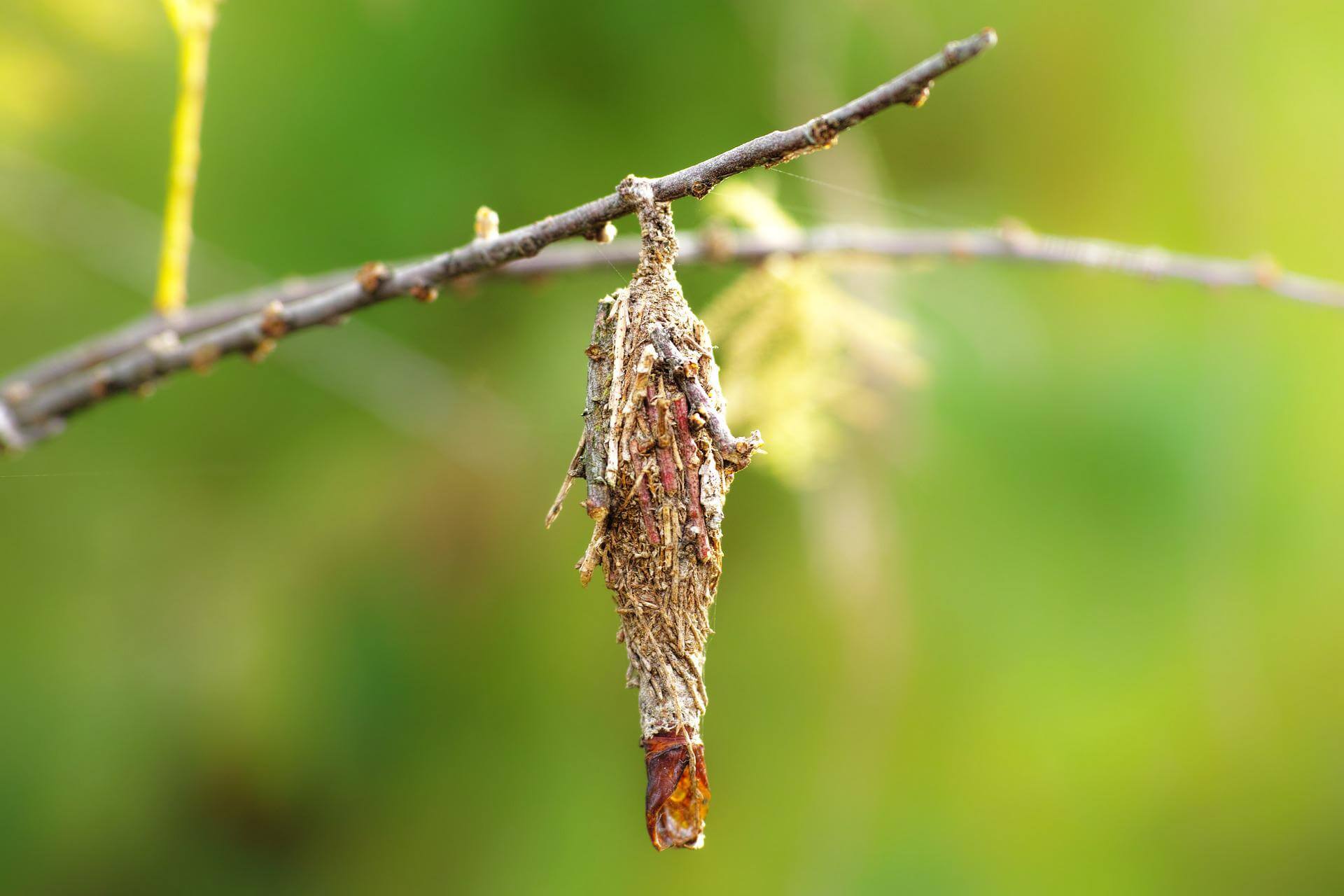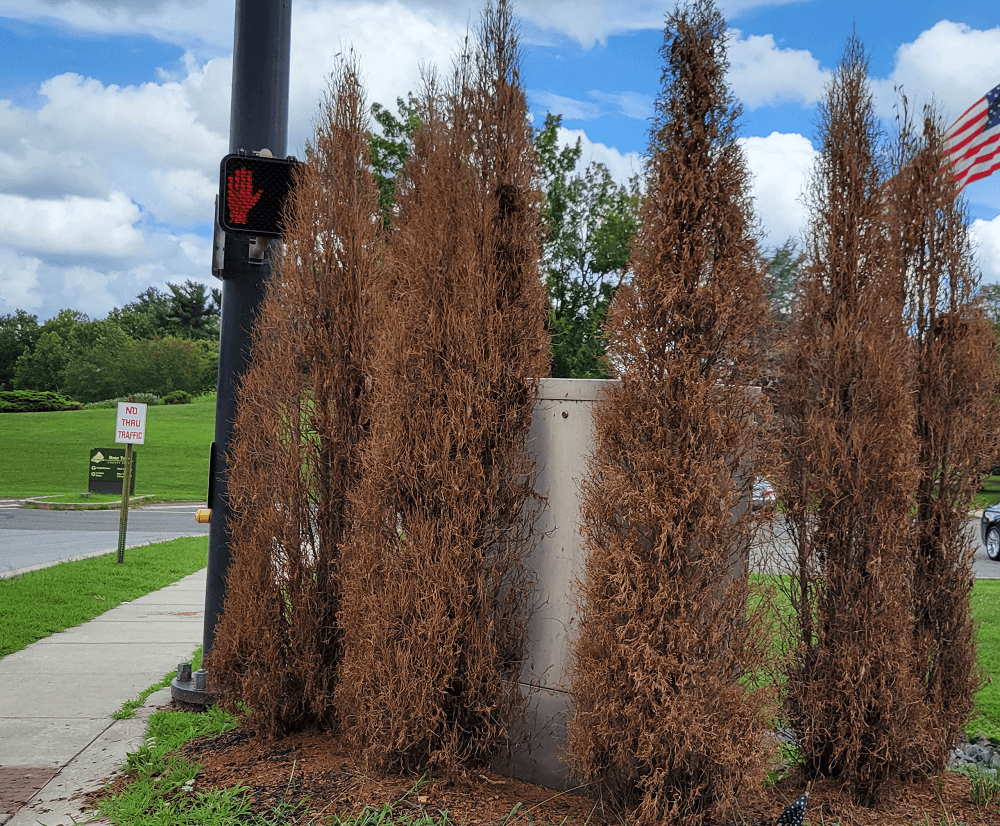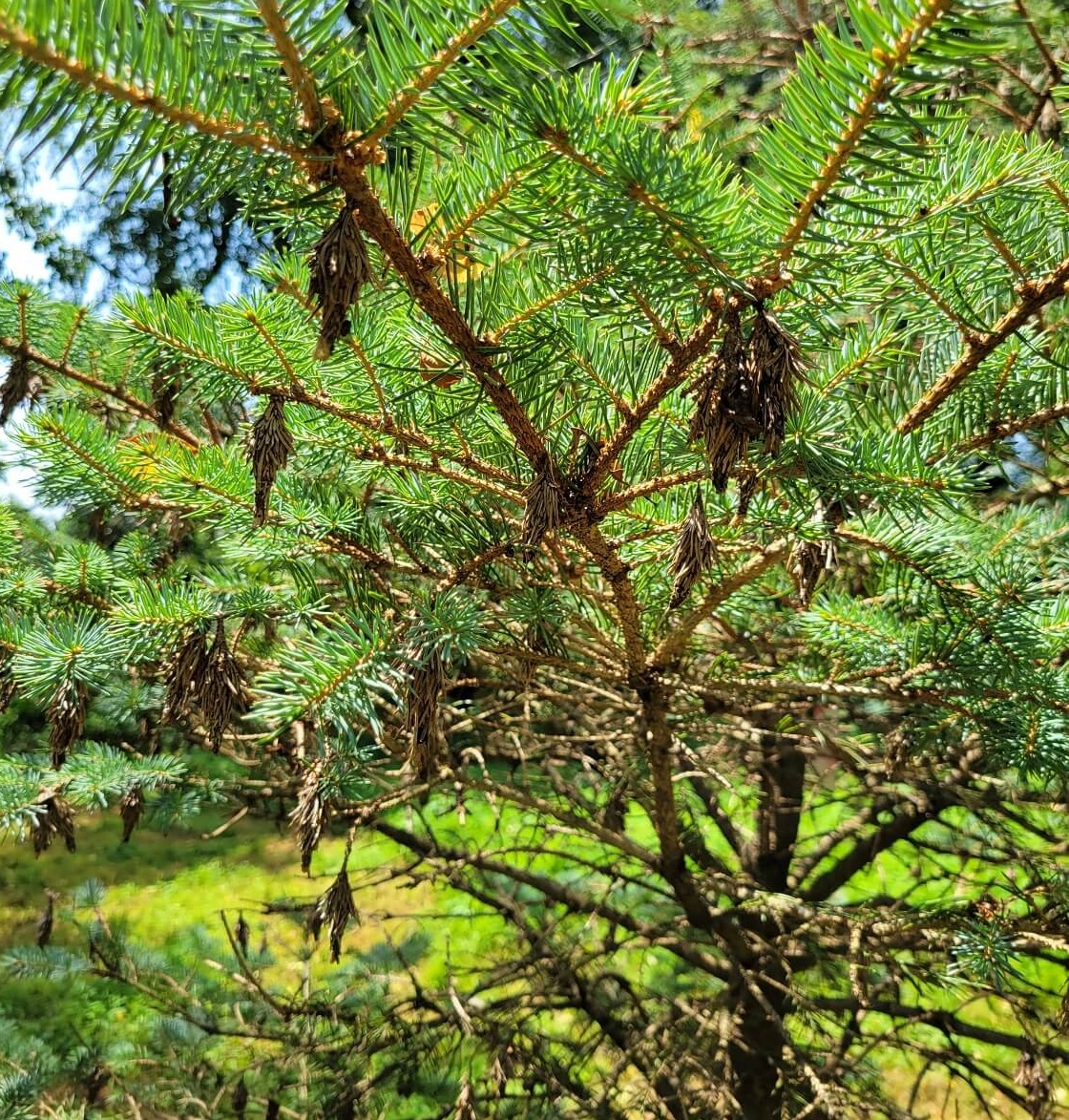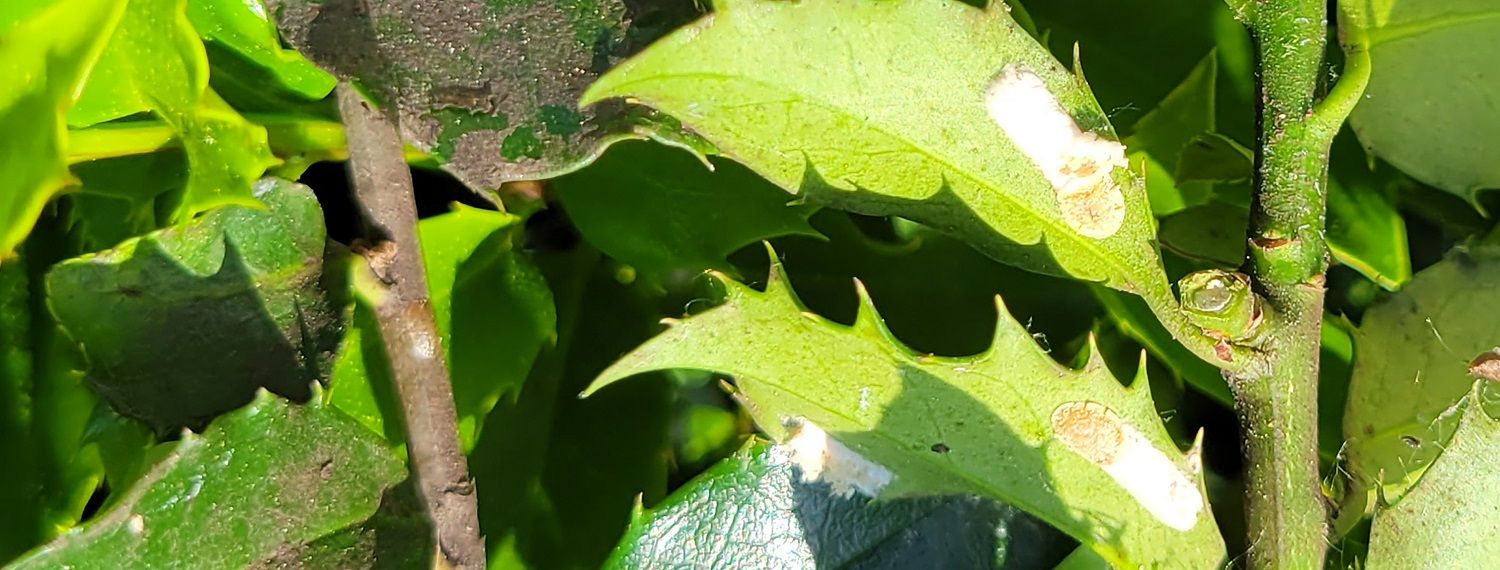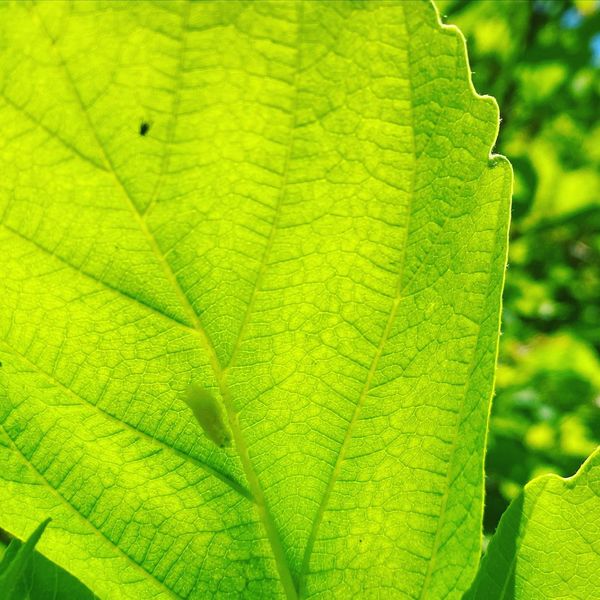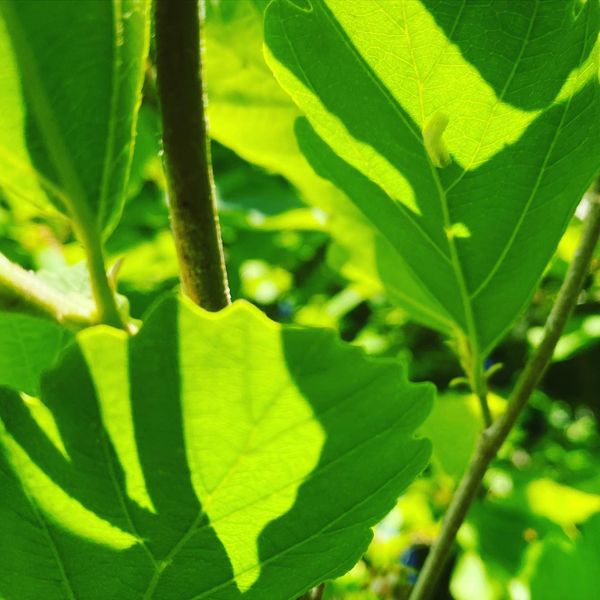Introduction to Invasive Plants
We have discussed invasive species in general as well as some invasive plants, and today we will explore invasive plants in more detail. In future articles, we will examine specific examples of invasive plants in Pennsylvania. Four plants are being phased out of nurseries and will no longer be allowed to be planted. Japanese Barberry and burning bush were phased out at the end of 2022. The other species of invasive plants in this series that Pennsylvania has added to a noxious weeds list are flowering pear trees and four species of privets.
Introducing 4 Invasive Plant Species
Japanese Barberry is a popular ornamental plant used in landscapes across the east coast of the United States. However, as plant health care experts have become more familiar and knowledgeable, the plant has been identified as highly invasive. In addition, the shrub, known for its striking color during fall, is a host for several human diseases, including Lyme disease.
Burning bush is a flowering plant native to China, Japan, and Korea. The plant is famous for its vibrant red foliage during the fall. Burning bush is an invasive species because the plant creates extremely dense thickets and complex root systems, crowding out many native plant species.
Flowering pear trees, such as the Callery Pear, will be another banned plant species in Pennsylvania as of Feb. 10, 2024. Another species popular for its appearance, Callery Pear is similar to Burning bush because the tree proliferates and forms dense thickets, preventing other plants from growing.
Four species of privets, Chinese, European, Japanese, and border privets, can seed into the wild environments and prevent native plants needed by native wildlife and pollinators from growing.
Advantages of Native Plant Species
Native plant species offer advantages over invasive plants in a landscape. One advantage is that native plants are adapted to local soils, climates, and conditions. As a result, native plants will persist through tough climate conditions like frost and drought. Another benefit is that in their environment, native plants require less maintenance, such as water and soil amendments.
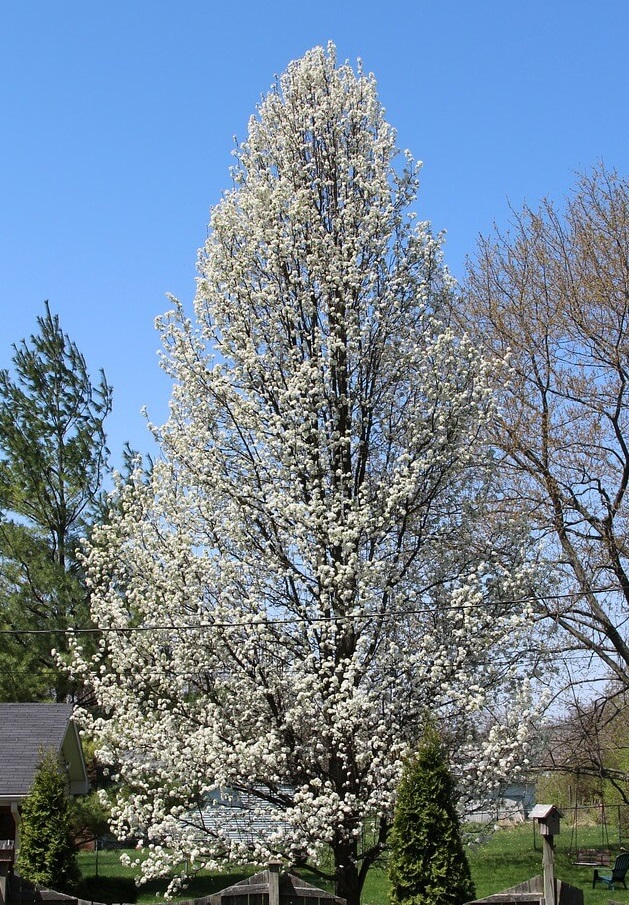
Examples of Pennsylvania Native Species
Some examples of native species of plants in Pennsylvania are as follows:
- Trees: Eastern Redbud, Dogwood, and Red Maple
- Shrubs: Azaleas, New Jersey Tea, and Smooth hydrangea
- Perennials: Virginia bluebells, Black-eyed Susan, and Butterfly milkweed
Next month we will discuss the Japanese Barberry in more detail: what the plant looks like, what makes the species invasive, the potential for harm, and control methods and solutions.
Contact Burkholder PHC for Invasive Plant Treatment & Removal
If you are concerned about invasive plants in your landscape or want more information because these plants are affecting your property, contact Burkholder PHC. We provide a free evaluation by our highly experienced, qualified plant health care experts to help remove and control invasive plants and control any adverse effects. Contact Burkholder PHC today for a free consultation.


